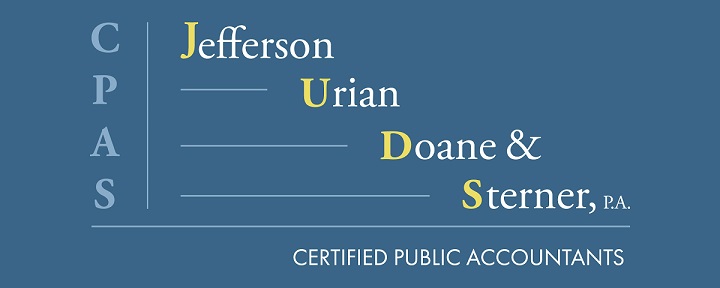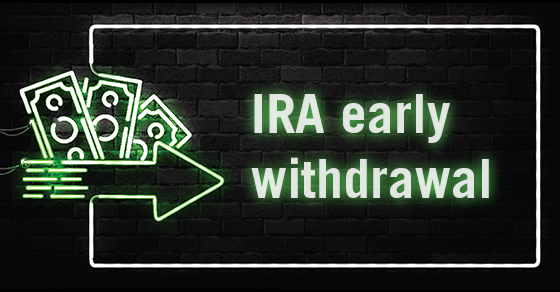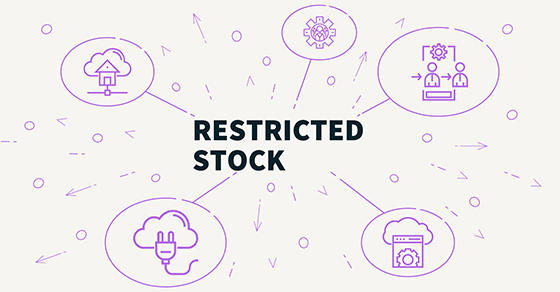4 ideas that may help reduce your 2023 tax bill

If you’re concerned about your 2023 tax bill, there may still be time to reduce it. Here are four quick strategies that may help you trim your taxes before year end.
- Accelerate deductions and/or defer income. Certain tax deductions are claimed for the year of payment, such as the mortgage interest deduction. So, if you make your January 2024 payment in December, you can deduct the interest portion on your 2023 tax return (assuming you itemize).
Pushing income into the new year also will reduce your taxable income. If you’re expecting a bonus at work, for example, and you don’t want the income this year, ask if your employer can hold off on paying it until January. If you’re self-employed, you can delay sending invoices until late in December to postpone the revenue to 2024.
You shouldn’t follow this approach if you expect to be in a higher tax bracket next year. Also, if you’re eligible for the qualified business income deduction for pass-through entities, you might reduce the amount of that deduction if you reduce your income.
- Take full advantage of retirement contributions. Federal tax law encourages individual taxpayers to make the allowable contributions for the year to their retirement accounts, including traditional IRAs and SEP plans, 401(k)s and deferred annuities.
For 2023, you generally can contribute as much as $22,500 to 401(k)s and $6,500 to traditional IRAs. Self-employed individuals can contribute up to 25% of net income (but no more than $66,000) to a SEP IRA.
- Harvest your investment losses. Losing money on your investments has a bit of an upside — it gives you the opportunity to offset taxable gains. If you sell underperforming investments before the end of the year, you can offset gains realized this year on a dollar-for-dollar basis.
If you have more losses than gains, you generally can apply up to $3,000 of the excess to reduce your ordinary income. Any remaining losses are carried forward to future tax years.
- Donate to charity using investments. If you itemize deductions and want to donate to IRS-approved public charities, you can simply write a check or use a credit card. Or you can use your taxable investment portfolio of stock and/or mutual funds. Consider making charitable contributions according to these tax-smart principles:
- Underperforming stocks. Sell taxable investments that are worth less than they cost and book the resulting tax-saving capital loss. Then, give the sales proceeds to a charity and claim the resulting tax-saving charitable write-off. This strategy delivers a double tax benefit: You receive tax-saving capital losses plus a tax-saving itemized deduction for your charitable donations.
- Appreciated stocks. For taxable investments that are currently worth more than they cost, you can donate the stock directly to a charity. Contributions of publicly traded shares that you’ve owned for over a year result in a charitable deduction equal to the current market value of the shares at the time of the gift. Plus, when you donate appreciated investments, you escape any capital gains taxes on those shares. This strategy also provides a double tax benefit: You avoid capital gains tax and you get a tax-saving itemized deduction for charitable contributions.
Time is running out
The ideas described above are only a few of the strategies that still may be available. Contact us if you have questions about these or other methods for minimizing your tax liability for 2023.
© 2023









